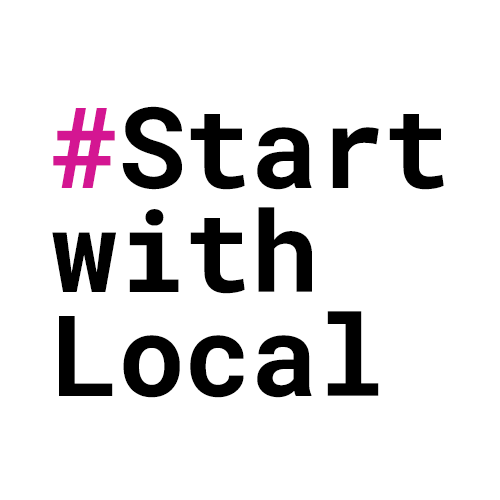When 4 residents of Albany Road, close to Finsbury Park in the London borough of Haringey, heard about their local council joining Trees for Streets, they soon set about raising funds to get trees planted in their street.
a community born out of covid
Richard, one of the instigators of this community project, explains how the idea came about:
A few years ago, Albany Road didn’t have much of a sense of community. There had been some not-very-effective attempts to get a New Year’s Eve sing-song going. There’d been vague talk of a street party, but it’s quite a steep hill, and how would we do the tables? But we knew each other a little, in small groups.

Albany Road resident tree sponsors:
Richard, Joanna and Kate.
Then the pandemic of 2020 got us out in the road to clap for the NHS, and lots of us stayed to chat. The small groups coalesced a bit, and we talked much more. One of us (Kate) started a WhatsApp group at the end of that year, and we began to get friendlier.
Inspiration from The next street
In early 2020 Haringey Council renewed the pavement in Quernmore Road, which runs from Albany Road to Harringay rail station. We knew the old pavement well: it was full of holes, and very much in need of repair. The new pavement was lovely concrete slabs, smooth enough to roller skate on. And the blokes doing it were really friendly, so as we passed we got to talk to them, and wished that we had a nice pavement in our road too.

Suddenly six new street trees appeared in our end of Quernmore Road, apples and pears and things, all neatly planted where paving slabs had been lifted, and we were quite envious because Albany Road had lost quite a few trees over the last couple of decades. We found out from friends in the street that they’d contributed about £200 a tree, which we thought seemed reasonable. But we didn’t do anything as a group at that stage.
improvements from the ground up
Some of us at the top of Albany Road talked in the street, mostly about the pavement. We had bumpy asphalt too, and Stephanie had been in touch with the Council to ask if we could have it replaced. They agreed, and the work was done in the spring of 2021.
The conversations between Stephanie, Joanna, Kate and I then turned to the possibility of new trees for the street. Alex Fraser, the tree officer at Haringey Council told us about the tree sponsorship scheme they were launching with Trees for Streets, and came to survey the street in June. Although we knew that we could raise enough money between us to pay for the lot, we thought it would be a good idea to use the trees to bring the street together.
Getting the word out
So we put out a leaflet (I bought some nice thick A5 paper and set the printer to “Best” quality, so it would impress …).
We then invited more people to join the WhatsApp group, which we hoped would allow us to organise the tree business.

Alex sprayed green dots in the spots where the trees could go, and wrote to everybody living in a house/flat with one of the green tree dots outside, and there was only one objection.
By speaking to that resident, we managed to clarify things, and thankfully their objection was withdrawn.
Tree preferences
When Alex asked us what trees we’d ideally like, we realised we hadn’t considered this, or discussed much about trees on the WhatsApp group (mostly missing cats) so we put out another leaflet.
We tried to hurry people along so that we would get the trees planted during the winter of 2021-22 (and we really had been told that trees were selling out). We provided special envelopes so that people could keep their donations anonymous if they chose, and we got enough pledges to pay for ten trees! Some of the donations came in a bit late, and in the end we were £130 over our target, so decided to donate the excess to other tree planting in the area.
Then three of us had a meeting, looking at spreadsheets of votes, to choose varieties. The most popular were cherry and Judas tree. No Judas trees were available, Alex informed us immediately, but most of our other choices would be possible.
Stumping up the cash
We collected the money mostly by online payment, except for the people who didn’t use online banking or transfer apps. We chose not to use an online crowdfunding platform as none of us were familiar with them and we weren’t sure if they took a percentage or there were any other costs involved that would eat into the money we’d raised.
The tree pits were dug in mid-February, and the trees were planted – in the end only nine were possible because there was a pipe that hadn’t been picked up on the surveys.
What’s been planted?
A mixture of deciduous fruit-bearing trees including Cherries, Crab Apples, Hawthorns, Whitebeams and Sweet Gum have been selected that will attract bees, birds and other wildlife. These are low maintenance trees, which are sturdy and resilient – so they should fare well in street conditions, and won’t snap in a strong gale.
Varieties have also been selected to provide year-round interest and colour for the street, so they will hopefully look great for many seasons to come.
So it’s all done. Has it worked? Do we have a community? Time will tell, maybe when the trees flower this spring.
Our Marketing Manager, Cassandra, visited Albany Road in early May to see how the trees (and their human neighbours!) were getting along. Everyone who walked by was smiling as they admired the trees, and people were stopping to chat – it’s definitely increased the sense of community in this road as the trees are a common thing that everyone can enjoy.
If you’d like to fundraise to plant trees in your community, drop us a line at hello@treesforstreets.org.

















